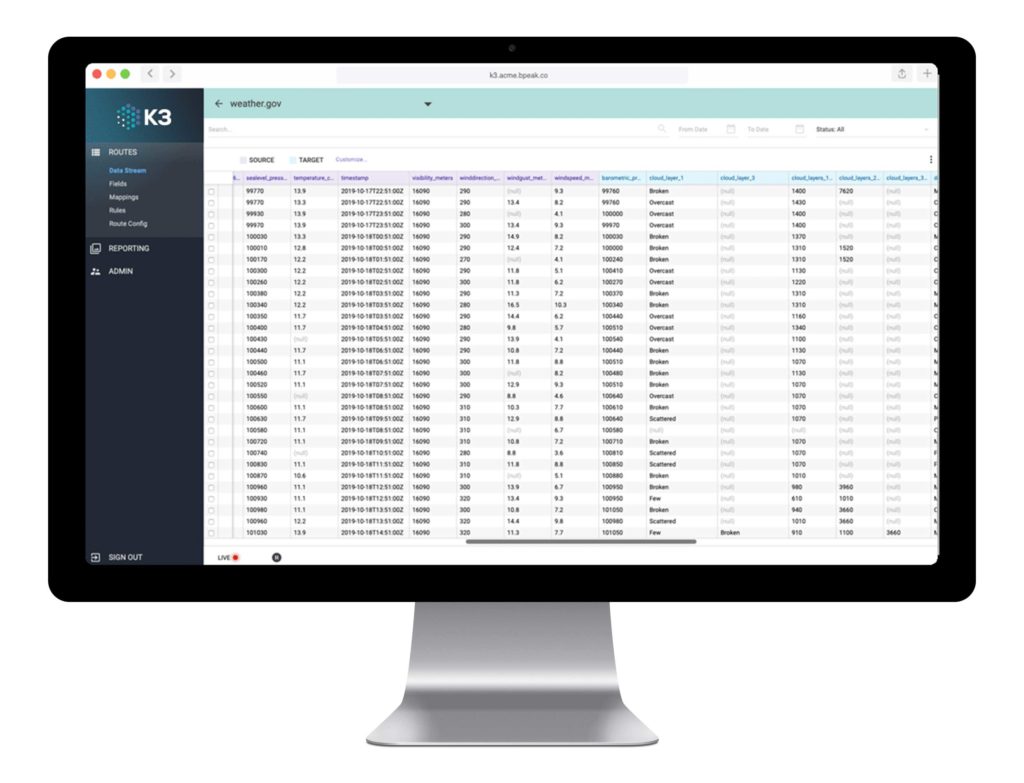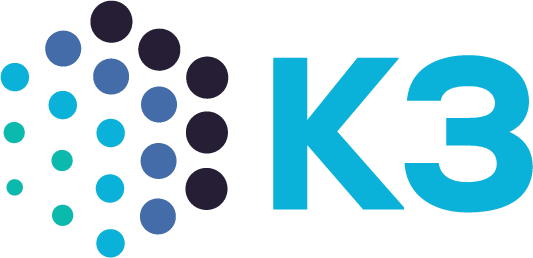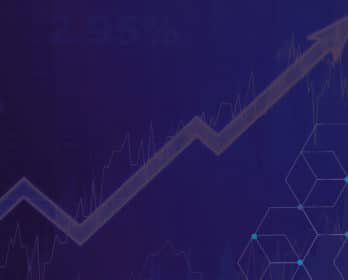Data Prep For Data Science
As companies look towards data science and its future, the focus is increasingly on big data use cases. Even small to mid-sized companies generate massive amounts of data compared to just a few years ago, highlighting the importance of being data smart: using data science to transform information into insight.
Broadpeak Partners helps companies improve their data integration through K3 ETL (Extract, Transform, Load) processes, which can vastly improve the oversight business leaders have over their data. When it comes to data prep via open-source programming tools, two languages stand out in particular: Python, and R.
PRO TIP:
Before you settle on a programming language, talk to your development team to see which they prefer. Prior experience is worth leveraging.
Data Science Using Python
By the time Bloomberg declared data scientist to be “the hottest job in America,” the boom in hiring for the field had already begun. Companies that better utilize their data simply have a competitive advantage, and capable data scientists are highly sought-after as a result.
Data scientists from all backgrounds use Python as their main language, as they are often familiar with it early on in their education. A general-purpose programming language in its own right, Python is particularly useful when it comes to data science in finance, tech, customer service and beyond.
Python is typically preferred due to its scalability, ease of use, and wide variety of useful libraries and integrations—not too different from low-code k3 ETL tools, in fact.
The vast majority of data scientists and even recent graduates will have familiarity with Python.
R For Data Science
The main competitor to Python’s position as the language of choice for data science is R, although it’s a very friendly competition. Both languages are open-source and rank among the most popular languages overall, and many programmers are familiar with both. Yet key differences in their philosophy can affect data science projects.
While Python remains a generally popular language throughout industries, R was designed by statisticians, for statisticians. But does that mean one language is better than the other?
Statistical analysis shows that Python comes out well ahead in job ad mentions, appearing in 68% of listings compared to R’s 18%. It doesn’t take a data scientist to see the numerical advantage, but using R for data science remains a popular second choice.
Statistical analysis shows that Python comes out well ahead in job ad mentions, appearing in 68% of listings compared to R’s 18%.
The Best Tools For Data Prep
A company is only as strong as its best data. The programming languages you use for your data science process matter far less than getting all of your data into one location, for real time analysis with whichever tools you prefer.
Here’s the catch. Using code for simple ETL tasks is a mistake. Why? Because it creates a critical bottleneck in the organization. There is simply not an infinite amount of data scientists that know how to code. Over time data scientists that do code find themselves inundated with more an more ‘data janitorial’ workload.
That’s why K3 ETL was built as low code with flexibility in mind. Using K3 data prep tools streamlines the process for business analysts, data scientists, allowing them to better analyze the results for greater business success.
To learn more and see for yourself, schedule a free demo today:








